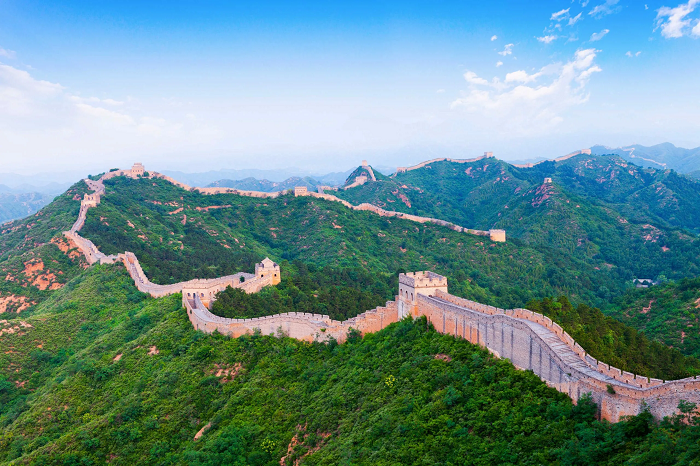The Great Wall of China is considered the longest structure and largest defensive fortification on Earth. It has long become a symbol of the country and a point of attraction for tens of thousands of travelers.
We tell you what is worth seeing when you arrive at this attraction, and what else, besides its size, is the “construction of millennia” famous for.
Where does it begin and end?
The territories where the Great Wall of China is located stretch across 15 provinces, regions and municipalities of China. The beginning of the fortification is located on the Liaodong Peninsula on the coast of the Yellow Sea and goes through Northern China. And it ends in Gansu Province with the Jiayuguan section. During construction, they tried to make maximum use of the natural terrain, so part of the fortification (about a thousand kilometers) runs along the Inshan mountain range. There is a version that the most inaccessible places were chosen for construction, and the more inaccessible they were, the more seriously the work was carried out.
Why was the Chinese Wall needed?
Its main function is defensive. The wall was built to protect China from hostile tribes. Due to its width, the Great Wall of China also served as a kind of road for transporting armies: under the cover of powerful towers, soldiers calmly moved to the right place, without fear of enemy arrows.
It also served as an improvised telegraph. Signal towers were located along the entire length of the Chinese Wall and were in direct line of sight from each other. Therefore, warnings about an enemy attack using the beating of drums or the smoke of fires were transmitted from the farthest edges to Beijing within a maximum of 24 hours – a fantastic speed for the 14th–17th centuries.
And the third, no less important function of the wall is ideological. The wall served as a symbol of the unification of the empire and marked the border of the “civilized world from the barbarian.” Some historians believe that it was built precisely for this purpose, and the defensive function was secondary.

